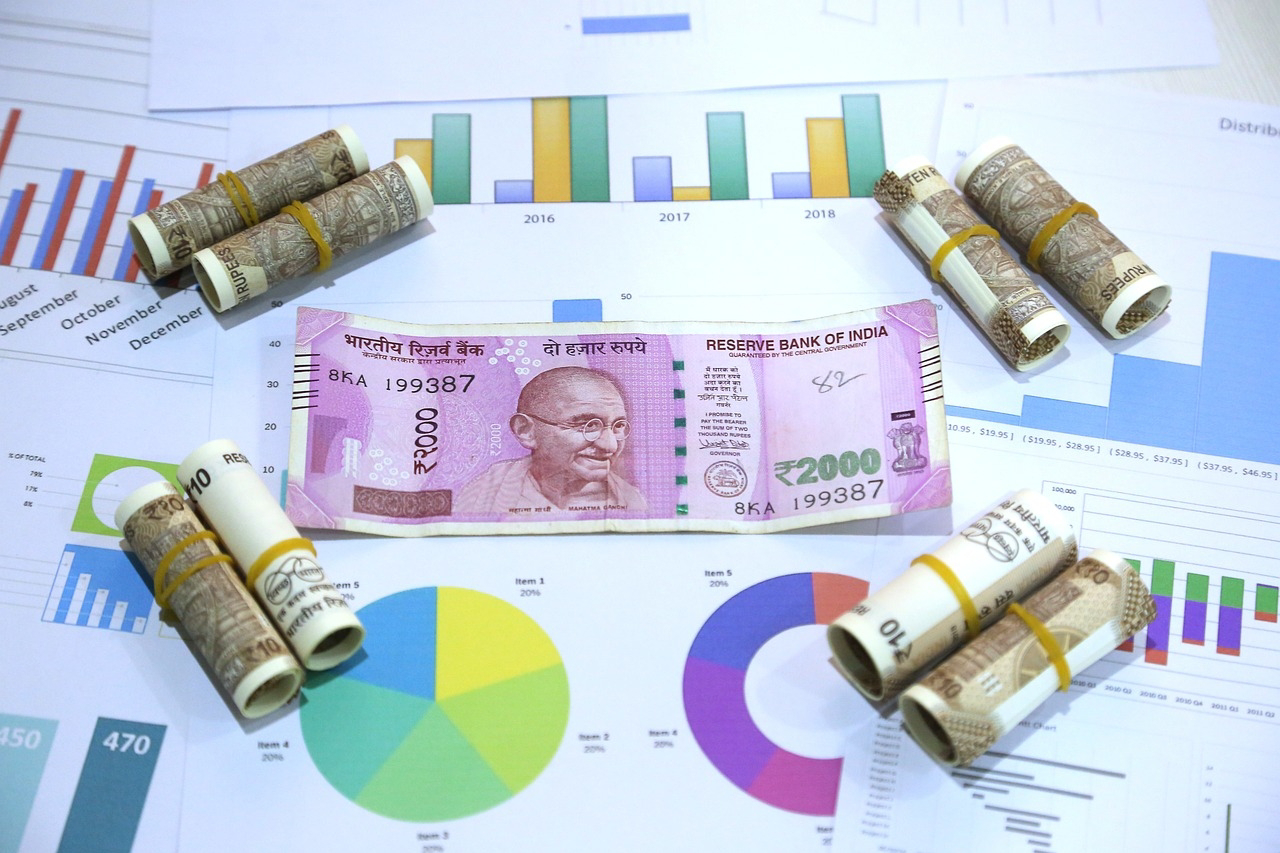Under this policy, the existing 1000 and 500 rupee notes, which constituted a significant portion of the currency in circulation, were invalidated as legal tender. In their place, new 500 and 2000 rupee notes were introduced. The decision to demonetize these high-value currency notes was taken to disrupt illegal activities, such as tax evasion, money laundering, and the financing of terrorism.
The demonetization move was a sudden and surprise announcement, and it caused significant disruptions and inconvenience to the Indian public. The sudden withdrawal of the 1000 and 500 rupee notes led to long queues at banks and ATMs as people rushed to exchange their old notes for new ones. The limited availability of new currency notes created a temporary cash crunch, affecting various sectors of the economy.
This information available up until September 2021, and there may have been further developments or changes regarding the demonetization policy in India since then.








No comments:
Post a Comment